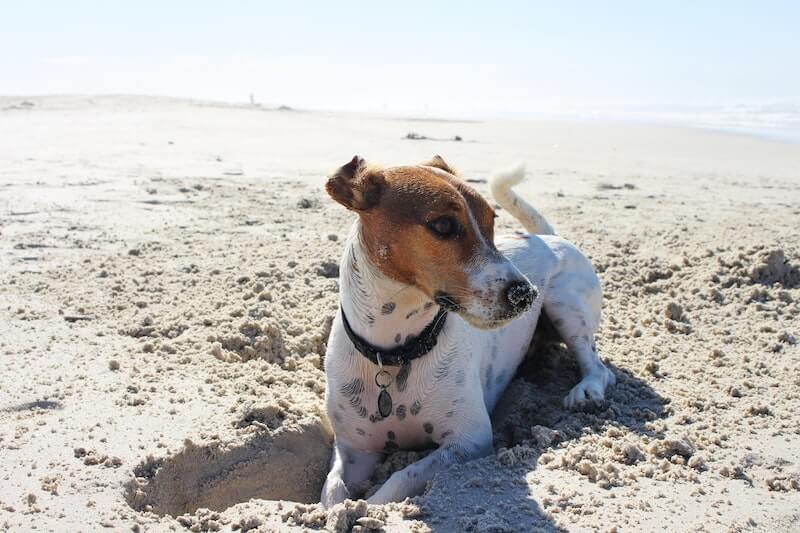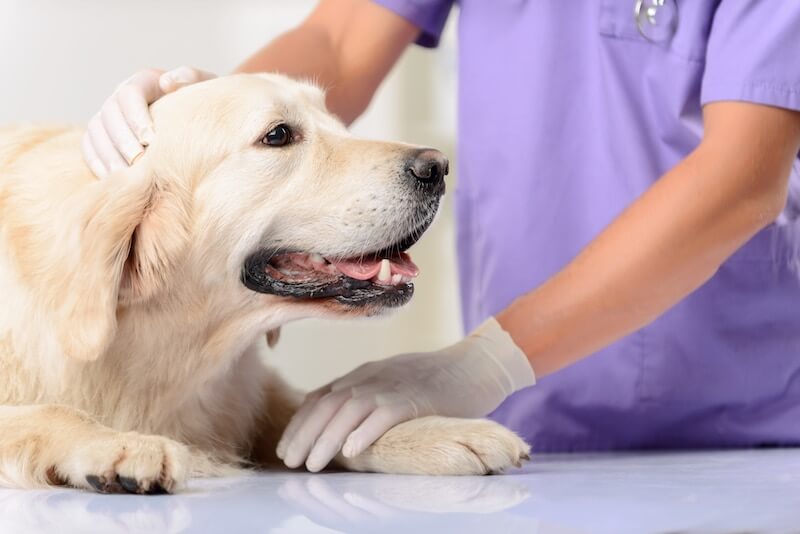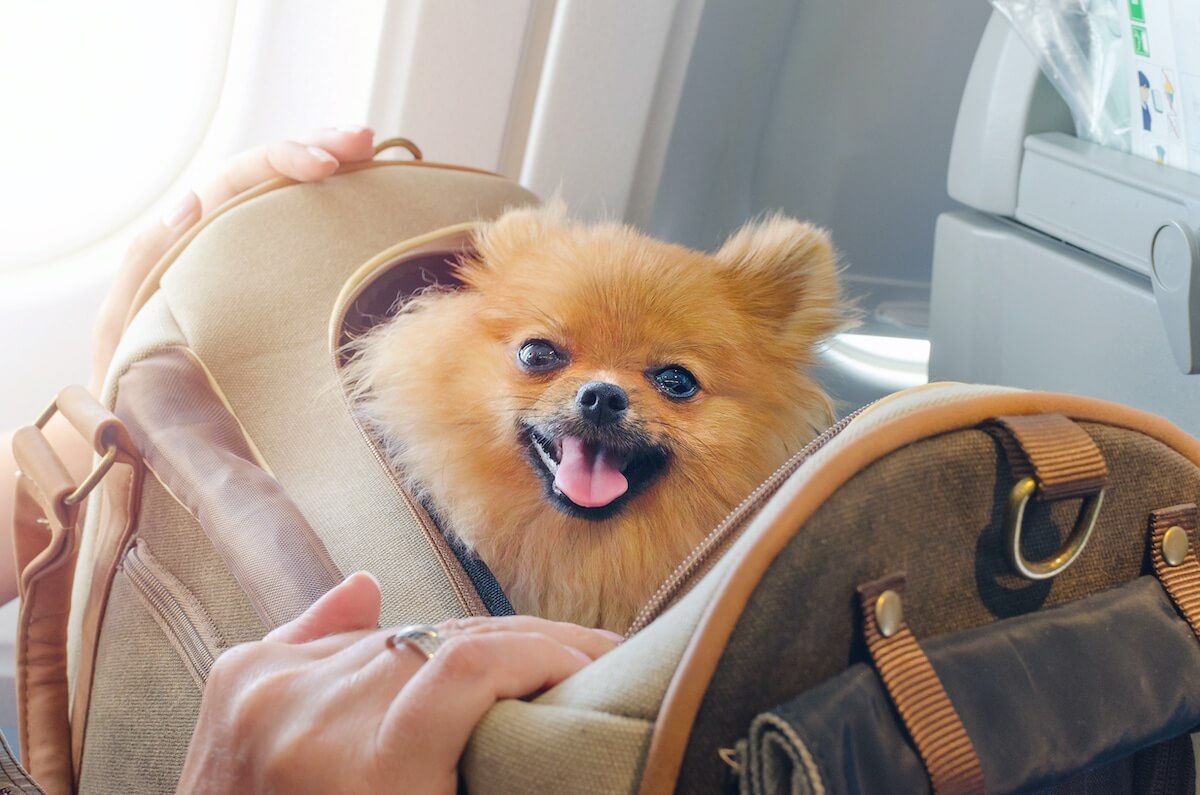Four-legged, furry family members are very welcome in Panama, but like so many things Panamanian, moving with a dog or cat can be fraught with tight deadlines and governmental red tape. Importing an animal to Panama is much easier than many countries and there is even a veterinarian at the airport weekdays from 8:00 am until 11:00 pm, to examine the arriving animals and their paperwork. But, it’s important to note that if that paperwork isn’t perfect, the animals will be kept in a kennel until everything is accepted. Of course there are charges for every service so don’t forget cash!
Many people relocating to Panama, want to know the specific regulations about bringing in dogs and cats (exotic animals are much more difficult to import due to the wide range of native species) so I often encourage them to first consider what is best for the animal as opposed to what it takes to legally bring them into Panama.

Is It Right for Your Pet?
“Moving is very stressful” said my veterinarian friend who believes every family should have a pet. “If the dog is older it may very well completely change their disposition. A sweet dog may become aggressive after a move and don’t forget that Panama is a tropical environment. Lots of dogs cannot cope with the environmental changes and that sometimes results in fungal diseases. The respiratory system can be affected and hair may fall out in patches, just to mention a couple of outcomes.”
My vet friend went on to say that smaller and younger dogs and cats in general, are the best candidates for moving. “Of course all types of animals have successfully moved internationally,” she said, “just consider what is best for you particular dog or cat.”
Hire an Expert
The easiest way to move your pets is to hire an expert to do everything for you. There are several pet relocation companies that transfer to Panama, but one of the best is a company called Panama Pet Relocation. It will cost anywhere from $3,000 to $6,000 per animal, but you can rest assured everything will be completed efficiently and timely. These professionals know the regulations and the individuals associated with the process and most of them speak Spanish.
Do It Yourself
If you decide to do it yourself, you’ll need to be organized and informed. Timing is critical as everything must be done in a short time frame. The first step is to go to your veterinarian and complete all the paperwork for an International Health Certificate (IHC). That includes things such as up-to-date vaccinations and a rabies certificate along with an implanted microchip. This has to be done no more than 10 days prior to travel.
It’s easy to get caught in this initial step because while it seems totally doable to get the pet to the vet within ten days, the IHC and Home Quarantine Request form must be authenticated by a Panamanian consulate in the owners’ home country within that ten days, but not more than three days prior to arrival in Panama. So unless you live somewhere where there is a Panamanian Embassy, plan a few extra days for email and the transfer of funds before opening your ten-day/ three-day window.

Once you have all the paperwork stamped you’ll need to make sure your flight arrives on a weekday between 8:00 am and 11:00 pm. There are no veterinary services on the weekends or for late arrivals, even if they know you are coming and the plane is delayed.
If the vet is not at the airport to inspect the animal and paperwork, the animal will be kept in a kennel at the airport and there will be a daily charge. Sometimes, a veterinarian will come to the airport on off-hours, but expect to pay handsomely. Everyone is supposed to keep their animals in home quarantine for 40 days, but once the animals have left the airport there isn’t any follow-up. If the animal arrives ill, according to the inspecting veterinarian, they will be retained at the airport until successfully passing a health exam.
Of course, there are more things to consider than just how to maneuver the Panamanian legal system. All airlines treat their animal passengers differently. Most accept small animals that can be brought on as carry-on luggage and secured under the seat for the duration of the flight, but the rules vary by airline and change all the time.
Some airports, such as Pearson International in Toronto and Miami’s International Airport have pet areas with grass and clean-up bags. All pet areas are outside security so if you are changing planes, you’ll need to factor in more time to accommodate your pet’s needs and return through the security lines. Many airports have pet areas, but be sure to check first.
Consider Your Pet’s Needs
Another tip my vet friend gave me was to think about your pet’s needs. “There are lots of delays when traveling and animals don’t understand ‘plane maintenance’. They’ll want to eat as close to their schedule as possible, so pack extra food in zip bags along with a collapsable water bowls. A squeaky toy with a high pitch that only the pet can hear is ideal for travel along with an ‘anxiety wrap’ that applies soothing pressure.” she continued.
“Another thing to consider is that while Panama doesn’t have a limit on the number of pets you can bring in at one time, all the airlines have limits. I remember when a client went to the airport with her carry-on dog, papers in hand, only to be told there had been a convention for the blind and the plane had reached its maximum limit of animals. Service animals always trump a pet so call ahead and make sure your dog will be able to travel.”

Once you get your pet successfully moved to Panama you’ll find plenty of Veterinarian Clinics and differents ways to spoil your pet. There is nothing like taking a dog for a long walk on the beach or up a beautiful Panamanian mountain.
I’m not a pet relocation specialist and the rules change often, so take all of this as general guidance. Just remember, it will take some organization, research, and luck to hit all the moving parts, but you know Fido is worth it!


